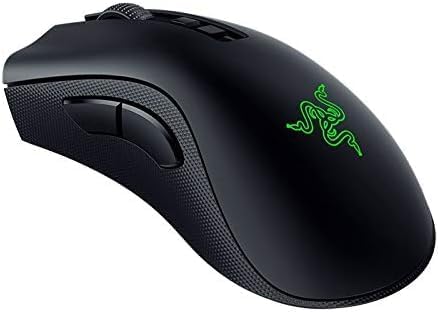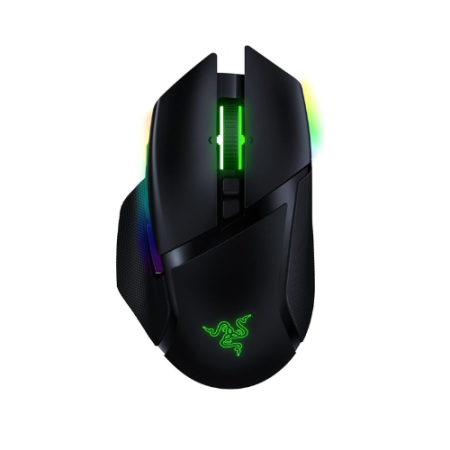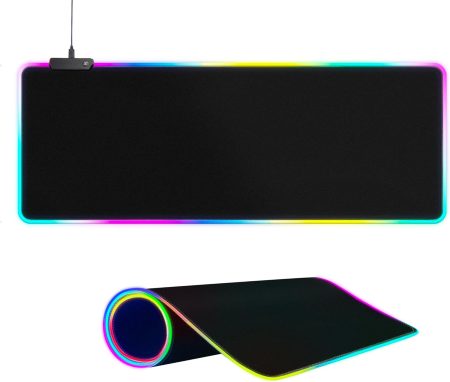Removing the CPU fan can be daunting for many users, especially if you have never done it before. Before you attempt to install a brand-new CPU fan or reapply thermal paste on your own, you should be aware of a few things.
This article will show how you can open and remove the AMD CPU fan without hassle.
What Is a CPU Fan?
As most people know, the Central Processing Unit (CPU) is the main microchip of the computer. A CPU fan keeps the temperature of the CPU down. The CPU generates heat from the internal electrical energy, and the harder tasks it performs, the warmer it gets.
If a CPU is overheated, it can get damaged and might become inoperable. To prevent this from happening, the CPU fan works with the heat sink to cool down the CPU.

Precautions Before Removing a CPU Fan
When you handle hardware components yourself, you always run the risk of damaging them. If you’re attempting to remove a CPU fan on your own, avoid making the following mistakes because they could cause damage to the hardware.
- It would be best if you didn’t work on a surface like a carpet because it can produce static electricity and damage delicate electronic components.
- You can get rid of any static electricity that has built up on your hands by touching a grounded metal object, like the PC case.
- When you come into contact with the CPU or motherboard, you should use an anti-static wristband.
- You shouldn’t use any power tools because they can damage your hardware with static electricity or too much force or torque. If you need to, always use a simple handheld screwdriver because you can tell if you’re applying too much pressure to the screws.
- Some laptop manufacturers will nullify your warranty if you try to meddle with the CPU fan/cooler or copper heat transfer pipes. Manufacturer’s generally do not recommend removing the laptop CPU fans.
- You should not overtighten the screws because doing so could physically harm the motherboard. Clamps and screws should be close-fitting but not excessively tight.
How to Remove the CPU Fan
A CPU fan is usually removed when it is to be replaced with a new unit or fresh thermal paste is applied. There are the easiest ways of removing the AMD CPU fan:
Removing an AMD CPU Fan With Spring Screws

CPU fans typically fall into one of two categories: CPU fans made by a third party or those supplied by the manufacturer and installed by default.
Bolts secure the cooling fan unit to the CPU in most AMD CPU fans. Follow these steps if four screws hold the CPU cooler in place.
- If your PC has been switched off for quite some time now, the thermal paste might have hardened, making it difficult to remove the CPU fan. Run your PC for at least ten minutes to soften the thermal paste.
- Remove all cables from the PC case and turn off the computer. Never try to open the CPU fan while the power is still on.
- Unplug the CPU cooler’s fan cable from the motherboard and any other RGB wires that may be attached to the fan.
- Using the appropriate screwdriver, begin to unscrew the CPU fan screws in a diagonal pattern. If you encounter excessive resistance, try to loosen the screws gently without applying too much force. Keep going until you completely separate each screw from the motherboard.
- Twist the CPU fan to the sides with little force until it becomes loose, and the connection between the CPU socket and the heat sink is broken. Breaking the thermal paste seal shouldn’t require much force if you let your computer warm up.
- Lift the AMD CPU fan out of the way of the CPU, taking care not to pull or twist the CPU itself in the process.
Removing a CPU Fan With Retention Brackets
A snap-on metal bracket holds some CPU coolers/fans in place.
To properly remove it, follow these steps:
- To soften any thermal paste that has become hard, ensure your CPU has been running for some time.
- Turn off the computer’s power and unplug all of its cables from the case.
- Pull the cam lever with light pressure to open the CPU fan.
- Remove any retention clips from the CPU fan’s sides.
- To loosen the thermal paste between the components, gently twist the CPU fan sideways.
- Use as little force as possible to lift the CPU fan.
To prevent any physical damage to the motherboard, CPU, or fan, you should immediately stop the CPU fan removal procedure whenever you experience significant resistance or friction at any point during the process. You should carry out this procedure with as little force as possible at each stage.
What Happens After You Remove the CPU Fan?

The CPU fan and processor remain sealed with thermal paste. The seal will be broken when you remove it, so you can’t put it back with the remaining paste. The paste will bubble as a result, and the fan won’t be properly attached to the processor.
After cleaning, you must either reattach the existing fan or a new CPU fan because a computer cannot function without one. If the bubble remains in the paste, your computer will run slowly because your fan won’t be able to cool down your processor properly.
Therefore, after removing a fan from your CPU, clean any old thermal paste that is still present, and then apply fresh thermal paste to seal the new or existing fan properly. You won’t be able to use your computer without the fan because it is necessary for cooling the components.
When Should You Remove the CPU Fan?
When you use your computer a lot, the cooling fan collects a lot of dust. This makes the heat sink unit work less effectively. You must remove it, clean the dust off it, and put it back correctly. As a result, removing and cleaning will help the processor operate more effectively and heat up less frequently.
Also, you have to buy a new fan if you think your old one isn’t working right. If your computer’s cooling fan fails, you might notice that your CPU is overheating and that your computer keeps restarting.
Again, the old thermal paste frequently turns greasy and filthy. You need to use a new paste to properly attach the existing fan. You must remove the CPU fan in order to reapply the thermal paste.
Key Takeaway
An AMD CPU fan is an essential component of a computer system. It helps to reduce the excessive heat when the system operates. The process of removing or replacing the CPU fan can feel like quite a task to beginners. However, you can do it easily if you follow the steps from our guide.
Keep in mind that you should work with caution while handling the CPU or any hardware on your own. Therefore, ensure that you proceed with care so that you do not damage the hardware or injure yourself.














